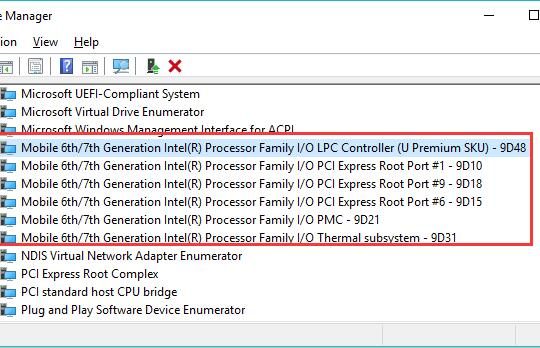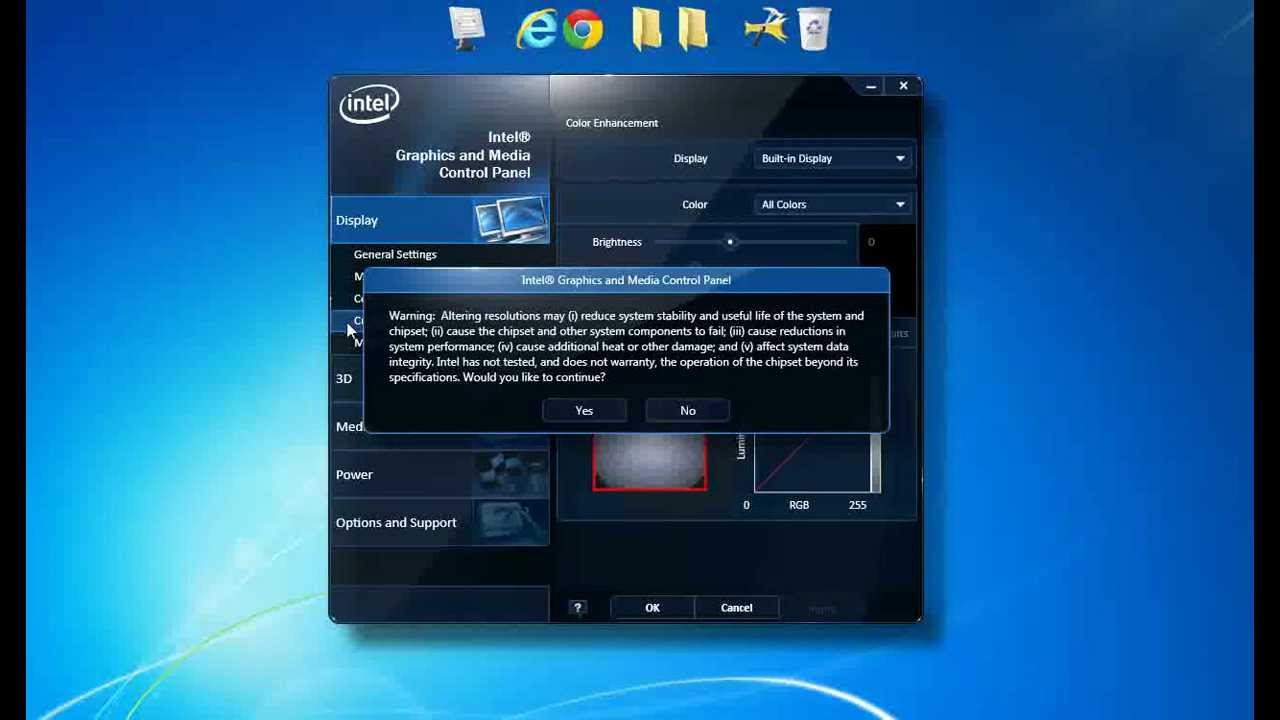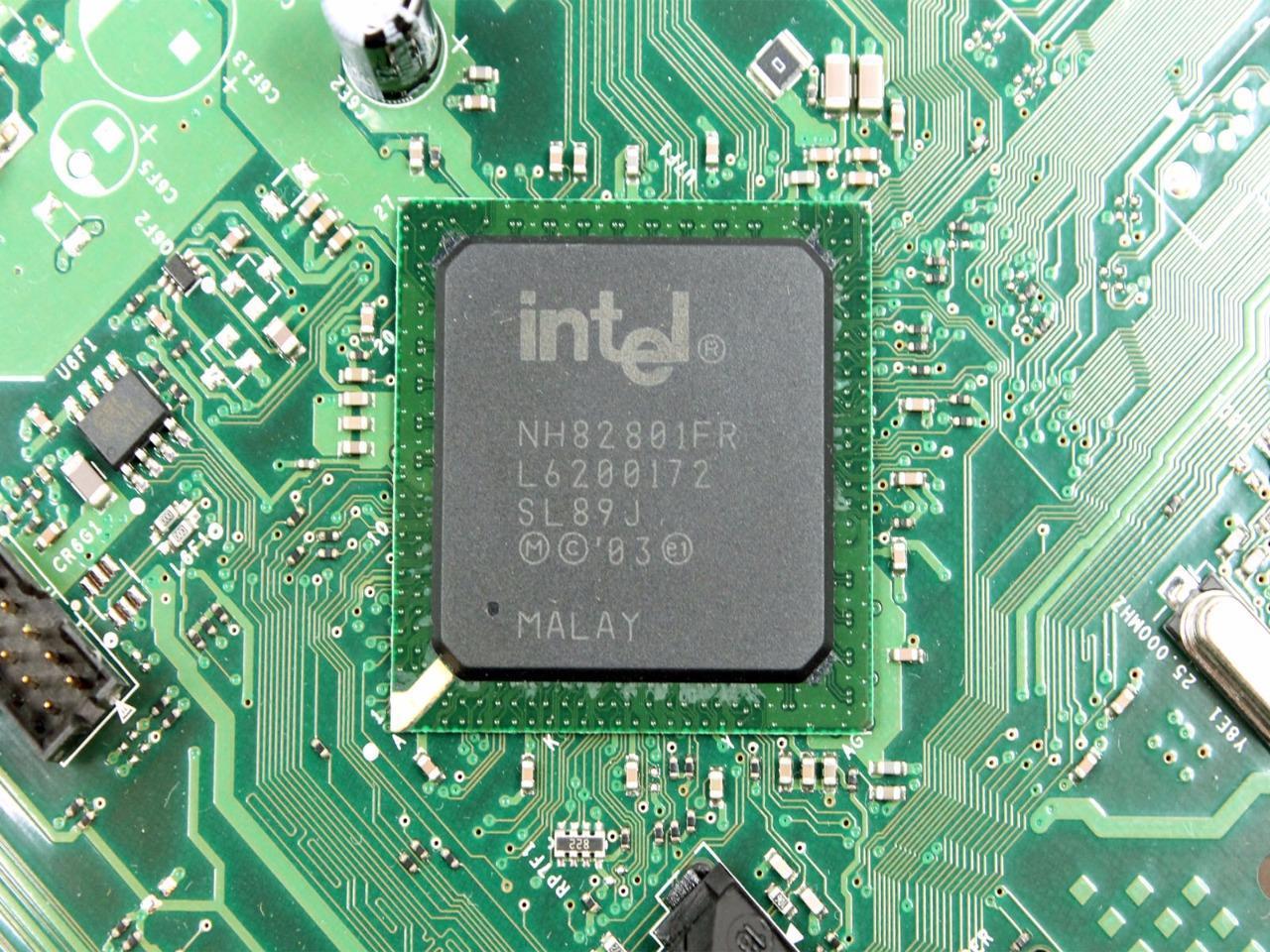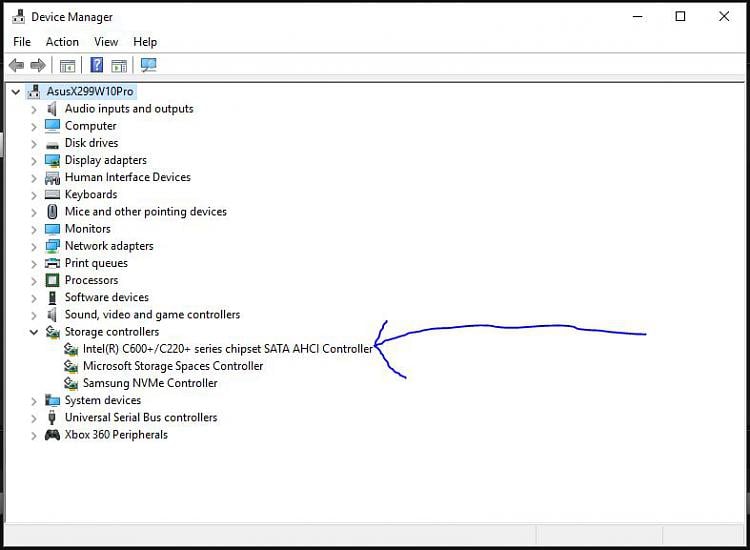




Plus, features of the hardware like better color calibration or FreeSync/G-Sync won’t be available when stuck running on a generic display driver.īasically, hardware-specific drivers serve to fill in the gaps where generic, OS-level drivers may not perform to the same level or offer the same features. Graphics cards, for example, can still function off of Windows’ generic display drivers, but won’t have access to nearly the same level of performance. If you want to unlock more hardware features or your hardware isn’t being detected, you’ll instead be looking to download and update additional drivers directly from the manufacturer. The same applies to generic mouse and keyboard drivers. Generic networking and display drivers, for example, should still work before you’ve connected to the Internet and downloaded additional drivers. Some drivers are built into the operating system from the get-go, not requiring any extra downloads or conscious updates on the user’s side of things. A Quick Note on Drivers and How They Workįirst, it’s important to clarify what a driver actually is.Ī driver is basically a layer of software that allows a given piece of hardware to properly communicate with your operating system. What’s The Difference Between a CPU and an APU? Do APUs Need Drivers?ĭo CPUs require drivers? Everything else inside or connected to your PC seems to require drivers, so this is a pretty fair question to ask- and there is some nuance to it, as you’ll learn soon.īy the end of this article, you should know all the need-to-know information you need about CPU drivers, chipset drivers, and a few common CPU-related questions that tend to crop up alongside these CPU topics.Does Overclocking a CPU Reduce Its Lifespan?.Do I Have to Reinstall Windows After Upgrading My CPU?.Why You Should Download Chipset Drivers.But You Don’t Need To Download CPU Drivers.Do CPUs Require Drivers? Technically, Yes.A Quick Note on Drivers and How They Work.


 0 kommentar(er)
0 kommentar(er)
